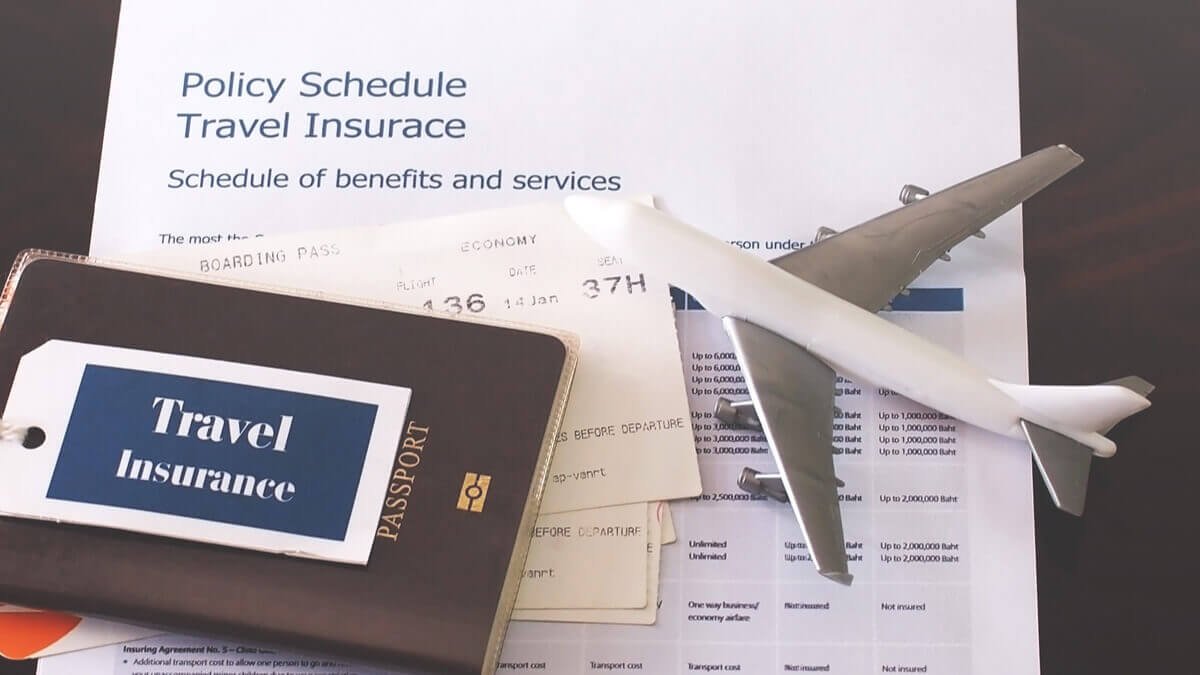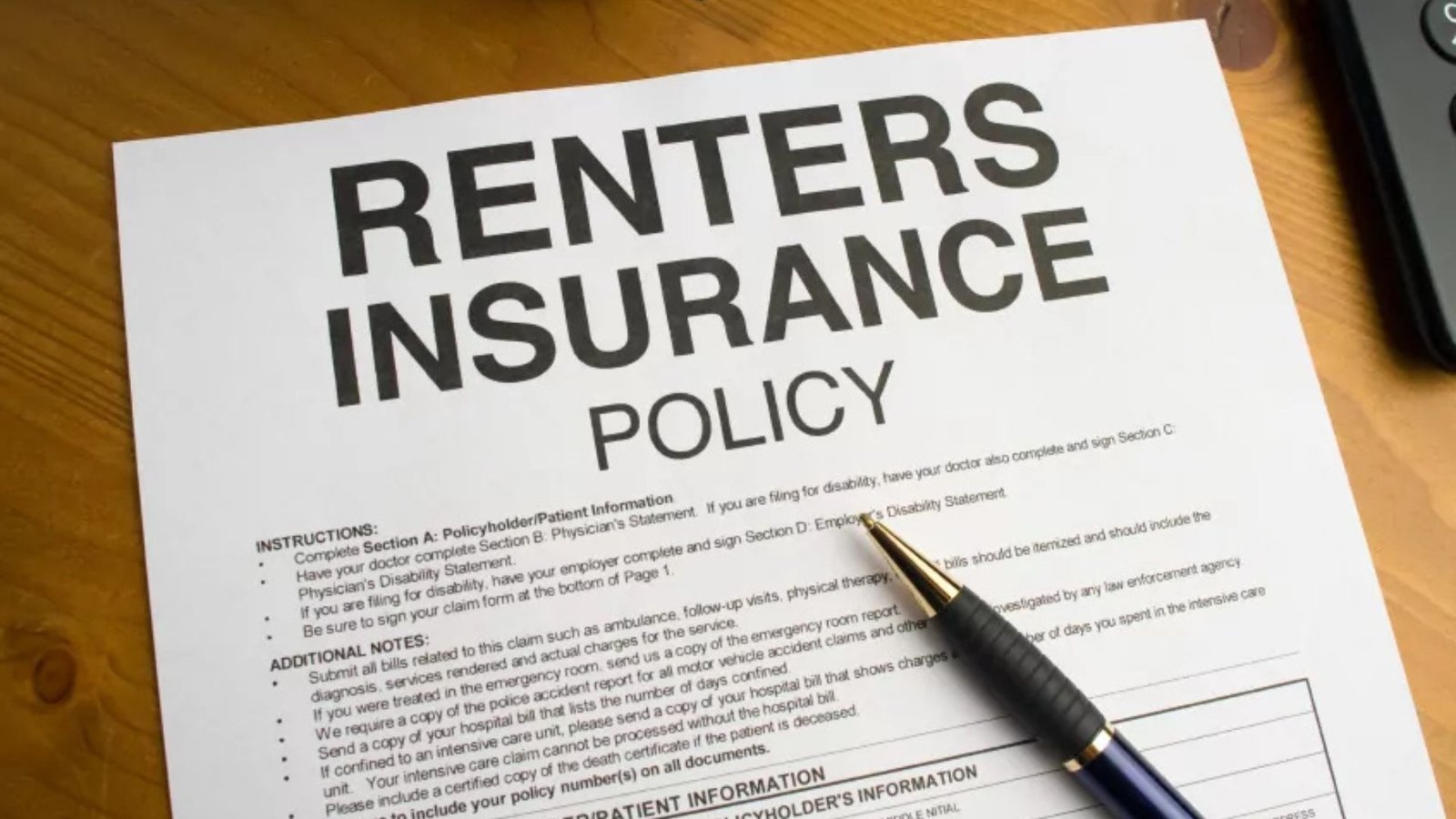Travel insurance is an essential part of preparing for any trip, whether you’re going abroad or traveling domestically. It helps protect you from unforeseen events that could disrupt your plans, such as flight cancellations, medical emergencies, or lost luggage. However, with so many options available, choosing the right travel insurance policy can be overwhelming. In this post, we’ll walk you through the steps to navigate travel insurance policies, understand the coverage, and ensure you make the right choice for your needs.

Step 1: Understand What Travel Insurance Covers
The first step in navigating travel insurance policies is to understand the various types of coverage available. Travel insurance typically includes several key components, but coverage can vary from one policy to another. Here are the most common types of travel insurance coverage:
- Trip Cancellation and Interruption: This coverage reimburses you for non-refundable trip costs if your trip is canceled or interrupted due to reasons such as illness, injury, or a family emergency.
- Medical Coverage: If you fall ill or get injured while traveling, medical coverage can help pay for medical treatment, hospital stays, and emergency medical evacuation if necessary. This is especially important when traveling abroad, where your regular health insurance may not cover international medical expenses.
- Baggage Loss and Delay: This coverage reimburses you if your baggage is lost, stolen, or delayed. It can help you replace necessary items or cover the costs of buying essentials if your baggage doesn’t arrive on time.
- Travel Delay: If your travel is delayed due to weather, mechanical issues, or other covered events, this coverage can reimburse you for additional costs, such as meals and accommodations.
- Emergency Evacuation: If you need to be evacuated due to a natural disaster, political unrest, or a medical emergency, this coverage can help pay for transportation to the nearest medical facility or back home.
Understanding what each coverage includes can help you determine which elements are most relevant to your trip.
Step 2: Evaluate Your Specific Needs
Before purchasing a travel insurance policy, it’s important to assess your specific needs. Consider factors like:
- Destination: Are you traveling domestically or internationally? International trips may require different levels of coverage, especially when it comes to medical coverage.
- Trip Length: If you’re going on a short weekend getaway, a more basic policy may be sufficient. However, for long-term travel or complex trips, you may need a more comprehensive policy.
- Activities: If you plan to participate in high-risk activities such as skiing, scuba diving, or adventure sports, you’ll want a policy that covers these activities. Some policies exclude certain activities unless specifically stated.
- Health Conditions: If you have pre-existing medical conditions, make sure your policy covers them. Many policies offer a rider to cover pre-existing conditions, but you’ll need to request this option when purchasing your insurance.
By evaluating these factors, you can choose a policy that provides the right coverage for your specific travel needs.
Step 3: Compare Policies and Costs
With a better understanding of the types of coverage you need, it’s time to compare policies. Travel insurance policies can vary significantly in price, coverage limits, and exclusions, so it’s important to shop around. Here are a few tips for comparing policies:
- Coverage Limits: Check the maximum amount your policy will reimburse for each type of coverage. For example, does the policy cover $100,000 in medical expenses, or $1 million? Make sure the limits are adequate for your destination.
- Exclusions: Carefully review the exclusions section of the policy. Some policies might not cover certain events, such as cancellations due to pandemics, or medical emergencies resulting from pre-existing conditions. Be aware of what isn’t covered before making a decision.
- Policy Reputation: Research the reputation of the insurance provider. Look for customer reviews and check the insurer’s financial stability rating. A strong, reputable company will provide better customer service and claims handling.
- Cost: Compare the premiums for similar policies. While you may be tempted to choose the cheapest option, ensure that the policy offers sufficient coverage for your needs. Keep in mind that lower premiums often mean lower coverage or higher deductibles.
Using an online comparison tool can help you easily compare different policies and find the best value for your trip.
Step 4: Understand the Claims Process
Once you’ve purchased travel insurance, it’s essential to understand how to file a claim if something goes wrong during your trip. Every policy will have a specific process for submitting claims, and knowing what to do in advance can help prevent delays. Here’s what to keep in mind:
- Document Everything: If you need to file a claim, gather all necessary documentation, such as medical bills, receipts, police reports, or proof of travel delays. The more detailed your documentation, the smoother the claims process will be.
- Contact the Insurer Promptly: Most policies have time limits for filing claims, so make sure to contact your insurer as soon as possible after an incident. Informing them early will help ensure your claim is processed quickly.
- Follow the Instructions: Each insurer may have a slightly different process for filing a claim. Follow their instructions carefully to avoid complications. You may need to submit claims online or by mail, depending on the company.
Understanding the claims process in advance can save you time and stress if you encounter problems during your travels.
Step 5: Read the Fine Print
Before finalizing your purchase, make sure you carefully read the fine print of the policy. This section often contains important information regarding exclusions, coverage limitations, and specific requirements for filing claims. While it may seem tedious, reading the terms and conditions ensures that you are fully aware of the policy’s coverage and restrictions. Pay special attention to:
- Pre-existing conditions clauses
- Covered events and exclusions
- Refund or cancellation policies
- Emergency contact details
By understanding the fine print, you can avoid unexpected surprises and ensure that your policy truly covers the risks associated with your trip.
Conclusion: Travel Insurance for Peace of Mind
In conclusion, navigating travel insurance policies may seem challenging, but with the right understanding, you can select a policy that offers peace of mind during your trip. By knowing what’s covered, evaluating your needs, comparing policies, and understanding the claims process, you can make an informed decision. Don’t let the complexities of travel insurance deter you—being prepared with the right coverage will allow you to travel with confidence and enjoy your trip without worry.











